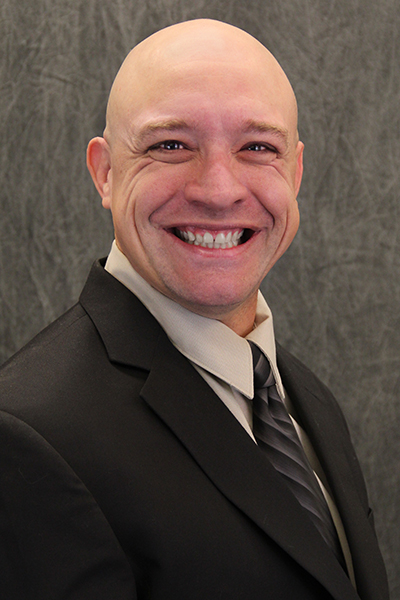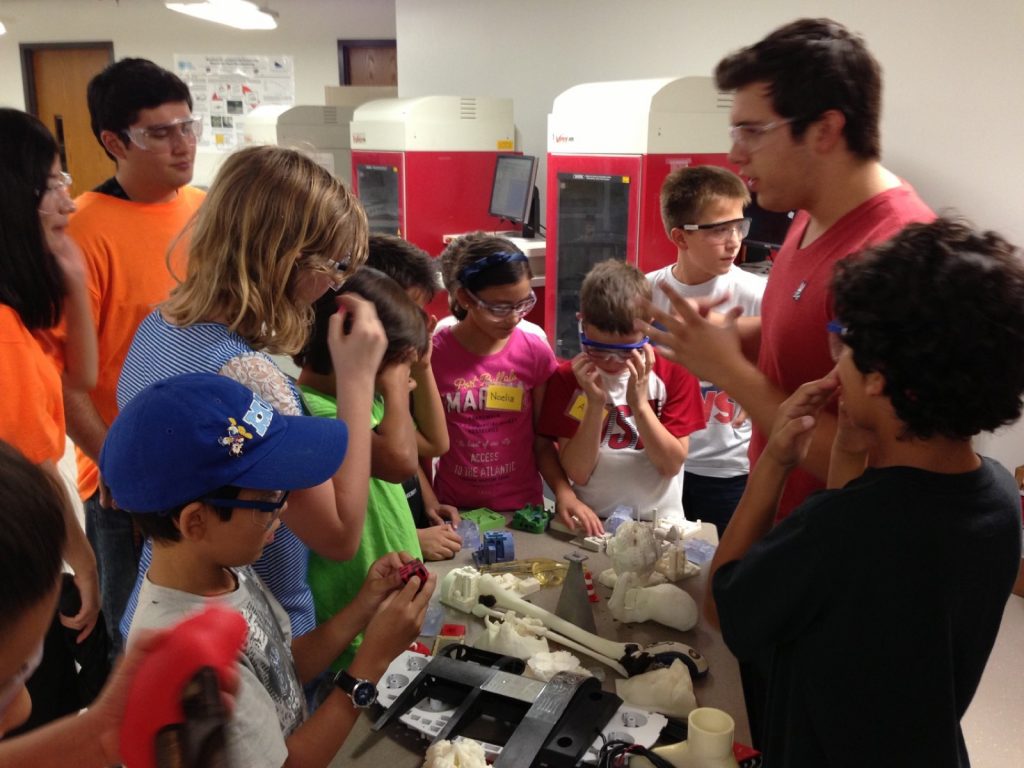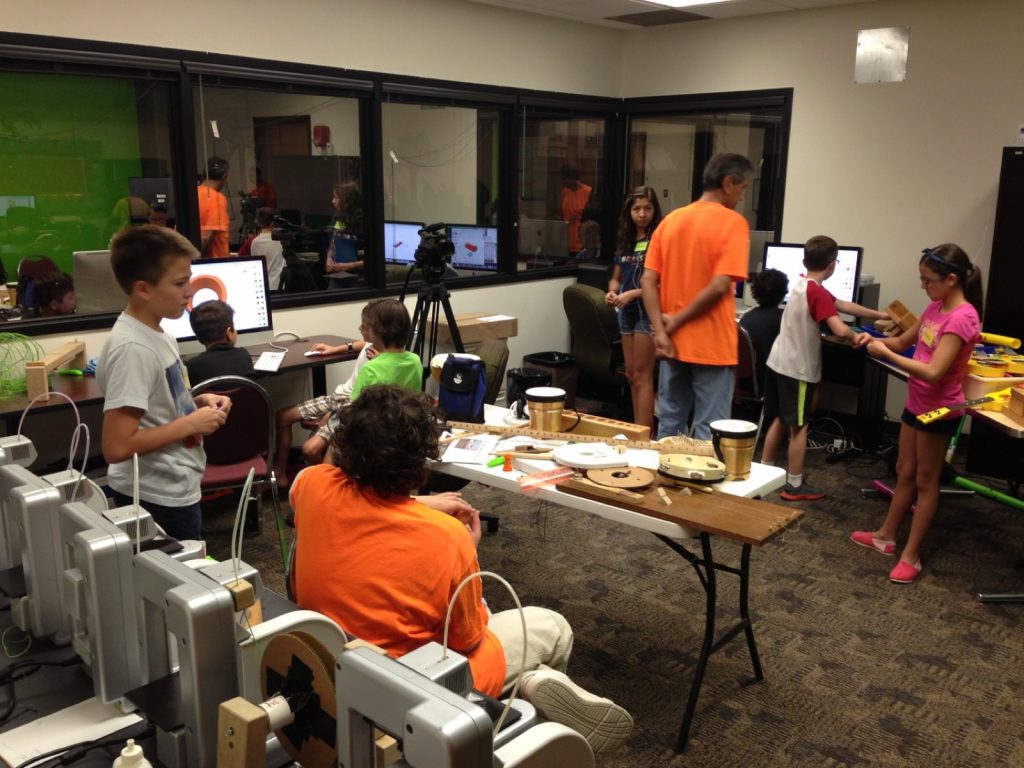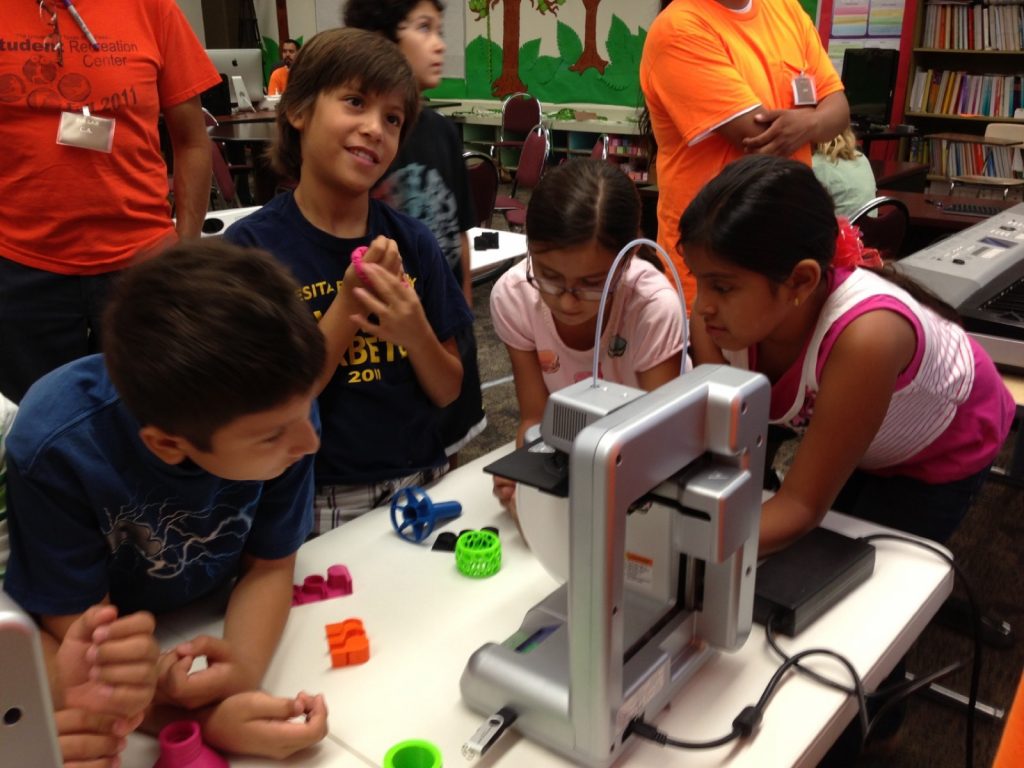
The work of Daniel A Tillman, Professor in Educational Technology, College of Education at the University of Texas at El Paso centers around educating children and technology. Professor Tillman has been writing about using 3D printing and other digital fabrication tools in the classroom since 2009. He writes about how fablabs, AR, 3D printers and music can help kids learn math. 3D Printing has often been touted as a resource for educators and children alike. Most of the people talking about education and 3D printing have a vested interest in presenting it as a panacea. We continually here that this or that amazing 3D printing project is going to help kids and see lots of happy kids with 3D printers. But, can 3D printing actually help kids learn? What are actual findings? Is 3D printing amazing for education, allways, for everyone? At 3DPrint.com we were curious to see if a more nuanced view was possible and so we searched for someone who had considerable research in the classroom with various technologies including 3D printing. We found Professor Tillman’s work on the pedagogical value of digital fabrication, letting kids make musical instruments to learn math and using makerspaces in education and turned to him for that nuance through an interview.
In workshops I’ve organized I’ve used 3D printed parts and files to illustrate the “why” for math as well as how it combines the screen and the real. Is that something you feel 3D printing can do?
3D printing is a great way to introduce students to design and engineering, and if they pursue those interests they will certainly encounter the “why” for math–but if a kid sees a 3D printer in action and isn’t interested, because they are instead focused on music or sports or painting etc then the 3D printing is just like a microwave to them, a useful tool perhaps but not likely to convince them they need math if their goal is to become a guitarist.
I’ve always felt that when giving workshops that kids can really grasp concepts better if they can hold the 3d print. Do you think that this is something that could benefit a lot of kids?
I’ve met many kids and teachers that find 3D printing to be fascinating and instructional, and other kids and teachers that weren’t too impressed–so yes, it can help a lot of kids, maybe even the majority of kids, but it is not a one-size-fits-all solution for getting all kids excited about math or convincing them math is helpful.

Things such as diagrams or maps of battles are often complex to read. Wouldn’t a 3D print be better?
Perhaps, but the logistical challenges with bringing 3D printers into classrooms and providing accompanying professional development are much more challenging then for example using videos or virtual manipulatives or computer models, which is why the current educational model is more focused on teachers using multimedia.
How did you use mobile makerspaces to stimulate learning?
Mobile makerspaces are a great complement to having a room-based makerspace, and they are also a great way to jumpstart creation of a room-based makerspace if there isn’t one in a school already.
Do you think schools should have makerspaces?
I think schools should have a makerspace-mentality wherein every learning space is a potential opportunity for kids to learn by making cool stuff.

How can 3D printing help kids to become more interested in STEM?
3D printing is a great way to introduce kids to advanced design and engineering tools, and show them the rapid prototyping process.
You’ve done research into music’s role in math education, how does that work?
Regarding music, I focus mostly on activities with musical instrument design, choreography-design, and music composition as contexts for mathematical problem-solving tasks.

Do you think that iterative experimentation with engineering and 3D printing will better prepare kids for the modern world?
Definitely, I think we should be teaching all students about the engineering design process just like we teach them about science and history.
How can we prepare kids for a world ten twenty years into the future when we don’t know what that world will be like?
One of the things we know won’t change is that productive people will always seek worthwhile projects, so I think the best thing we can do to prepare kids for the future is to help them have opportunties to learn where their talents and interests intersect with the problems and demands that the world will present.
Discuss this and other 3D printing topics at 3DPrintBoard.com or share your thoughts below.
Subscribe to Our Email Newsletter
Stay up-to-date on all the latest news from the 3D printing industry and receive information and offers from third party vendors.
You May Also Like
Profiling a Construction 3D Printing Pioneer: US Army Corps of Engineers’ Megan Kreiger
The world of construction 3D printing is still so new that the true experts can probably be counted on two hands. Among them is Megan Kreiger, Portfolio Manager of Additive...
US Army Corps of Engineers Taps Lincoln Electric & Eaton for Largest 3D Printed US Civil Works Part
The Soo Locks sit on the US-Canadian border, enabling maritime travel between Lake Superior and Lake Huron, from which ships can reach the rest of the Great Lakes. Crafts carrying...
Construction 3D Printing CEO Reflects on Being Female in Construction
Natalie Wadley, CEO of ChangeMaker3D, could hear the words of her daughter sitting next to her resounding in her head. “Mum, MUM, you’ve won!” Wadley had just won the prestigious...
1Print to Commercialize 3D Printed Coastal Resilience Solutions
1Print, a company that specializes in deploying additive construction (AC) for infrastructure projects, has entered an agreement with the University of Miami (UM) to accelerate commercialization of the SEAHIVE shoreline...





























